Fabrics
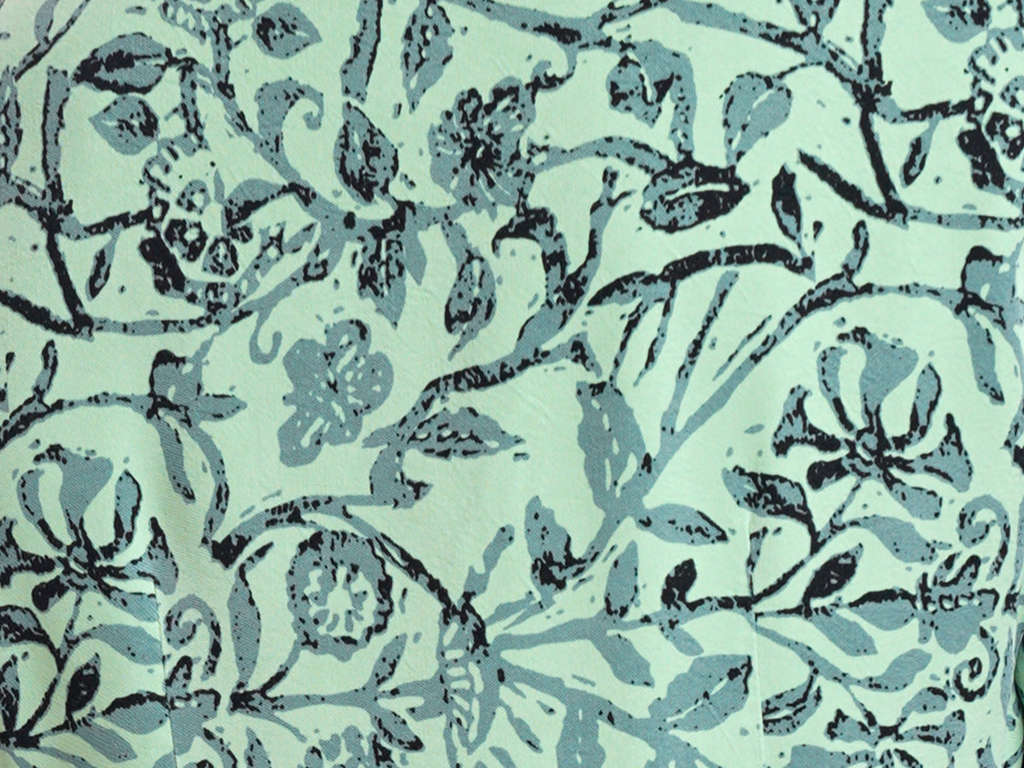
Tencel
TENCEL is a brand of lyocell and modal fibers made from sustainably sourced wood pulp. Garments made from TENCEL offer a number of benefits, including:
- Softness: TENCEL fibers are very smooth and feel soft to the touch, making garments made from TENCEL comfortable to wear.
- Moisture management: TENCEL fibers have a natural ability to wick moisture away from the skin, which can help regulate body temperature and keep the wearer feeling cool and dry.
- Breathability: TENCEL fibers are highly breathable and allow air to circulate through the fabric, which can help prevent overheating.
- Durability: TENCEL fibers are strong and durable, which means garments made from TENCEL can last longer and resist wear and tear.
- Eco-friendliness: TENCEL fibers are made from sustainably sourced wood pulp and are produced using a closed-loop manufacturing process, which means that the solvent used to break down the wood pulp is recycled and reused.
- Hypoallergenic: TENCEL fibers are naturally hypoallergenic and gentle on sensitive skin, making them a good choice for people with allergies or skin sensitivities.
Overall, garments made from TENCEL are a good choice for people who value comfort, breathability, durability, and sustainability.
Tianello uses the best TENCEL in the market and TIANELLO has created the "Miracle" finishing process that gives our TENCEL the
"Peach Like" soft hand that you love to feel when you wear a Tianello TENCEL garment!
"Peach Like" soft hand that you love to feel when you wear a Tianello TENCEL garment!
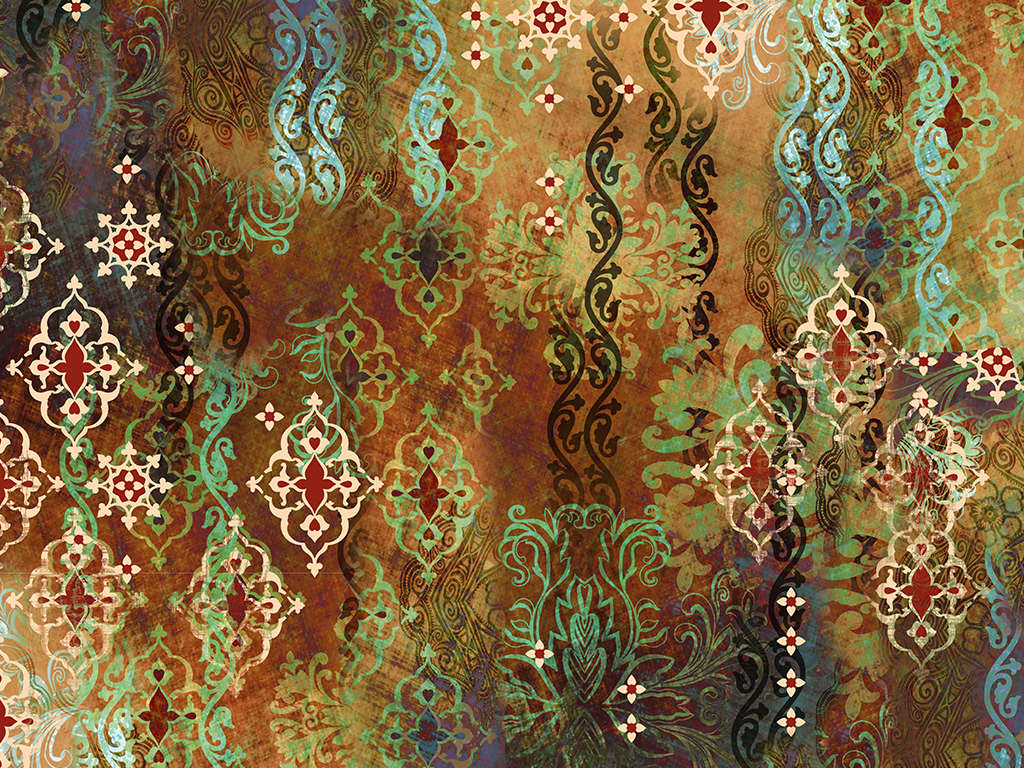
Silk
Silk has been renowned for centuries as a valuable and luxurious commodity, often associated with wealth and status. The strongest of natural fibers, silk retains its shape, drapes well, caresses the figure, and because of its high absorbency, it is easily garment dyed in a variety of deep colors. Washable Silk Crêpe de Chine is woven to have a supple, organic feel and the crêpe weave offers non-abrading soft-textured luxury. This eco-friendly lightweight fabric affords long wearing comfort, sumptuous draping, and is suitable for sewing into many body styles designed for women's silk clothing. With minimal care in mind, this "washable” fabric makes it a sensible fashion investment.
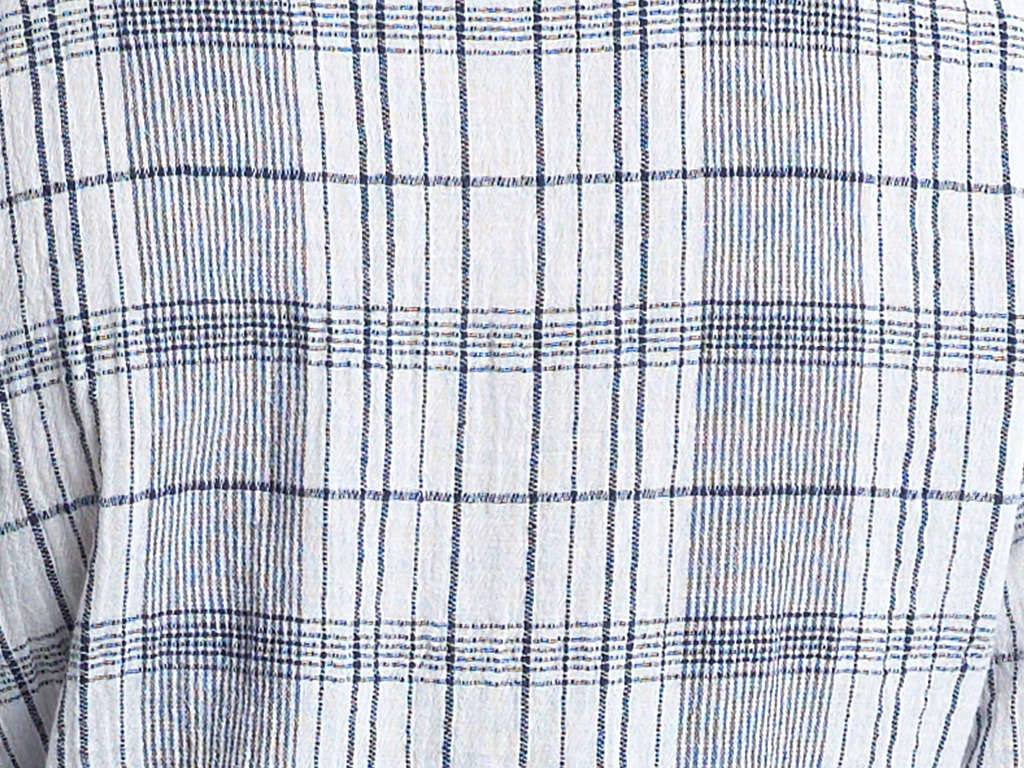
Cotton
For centuries Cotton has been renowned as being the principal clothing fiber of the world, and its’ production is one of the most influential factors in world prosperity and economic stability. A medium strength natural plant fiber, Cotton is cool, absorbent, and can withstand high temperatures. When fabricated, Cotton releases perspiration quickly, allowing the fabric to “breathe”, thus giving it a premium on comfort and wearing ease. Because of its’ absorbency, it is easily garment dyed. Cotton fabrics are organic and eco-friendly, offering a soft-textured feel with minimal care benefits.
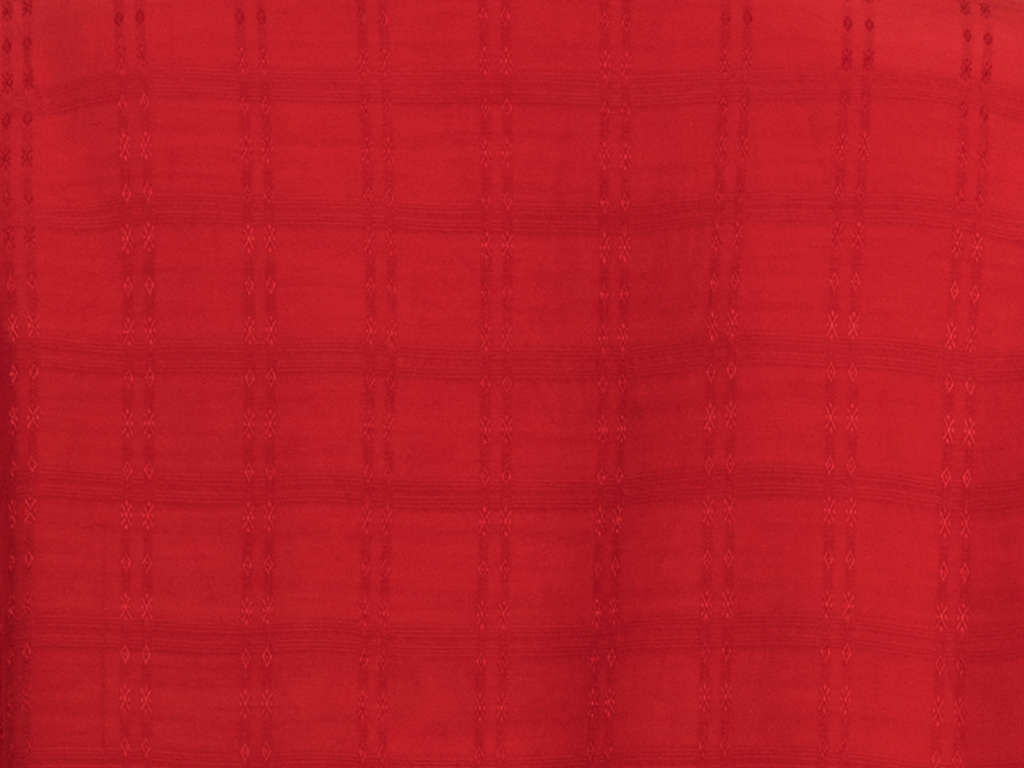
Viscose
Viscose, or Viscose Rayon, was the first manufactured textile fiber, invented in 1884 in France, but has been produced for global commercial use since 1905. Different from other man-made fibers, Rayon is not synthetic, being made from regenerated wood pulp, an Eco-natural, cellulose rich raw material. Rayon's properties are renowned for their similarity to organic fibers such as cotton and linen. Rayon is soft, strong and absorbent, which makes for an ideal garment in keeping the wearer cool and comfortable. The absorbency character of Rayon also allows for quality garment dyeing, thus enriching finished product with vibrant hues and deep colorations. Rayon offers long wearing comfort, wonderfully soft-textured feel, and minimal care.

Linen
Linen textiles appear to be some of the oldest in the world, where examples found in Europe and Africa date back thousands of years old. For centuries linen has often been associated with wealth since it was mainly used by the upper classes of society. Linen is a bast fiber, made from the fibers of the flax plant, and it is labor-intensive to manufacture, thus produced in relatively small quantities. When fabricated, it is highly valued for its’ smooth texture, organic natural luster, and exceptional coolness in hot weather. A very durable and strong fabric, linen is one of the few that is stronger wet than dry, and it has no lint or pilling tendency. Nevertheless, the tendency to wrinkle is often considered part of the fabric’s “charm”, including its’ random “slubs” (small knots) that provide the aesthetic appeal of a natural product. Linen fabric is organic and eco-friendly, offering long wearing comfort and minimal care.
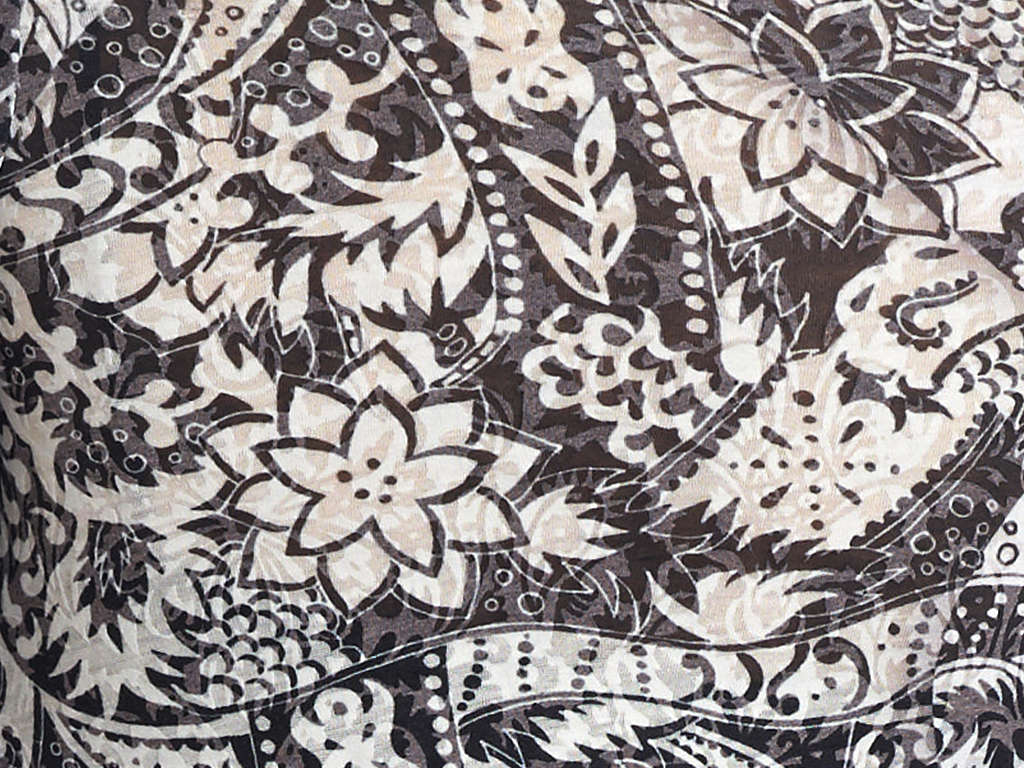
Burnout
Burnout is a popular fabric finishing technique where a mixed fiber material goes through a chemical process which dissolves the fibers, thus enabling to create a pattern which is semi-transparent against the fabric that is more woven. Burnout is also known as Devoré, with French origins, and is now applied to a host of modern protein based and cellulose based fabrics (e.g. silk, cotton and rayon) produced for apparel manufacturing. Beautiful Burnout designs find their way into everyday clothing as well as opulent couture.
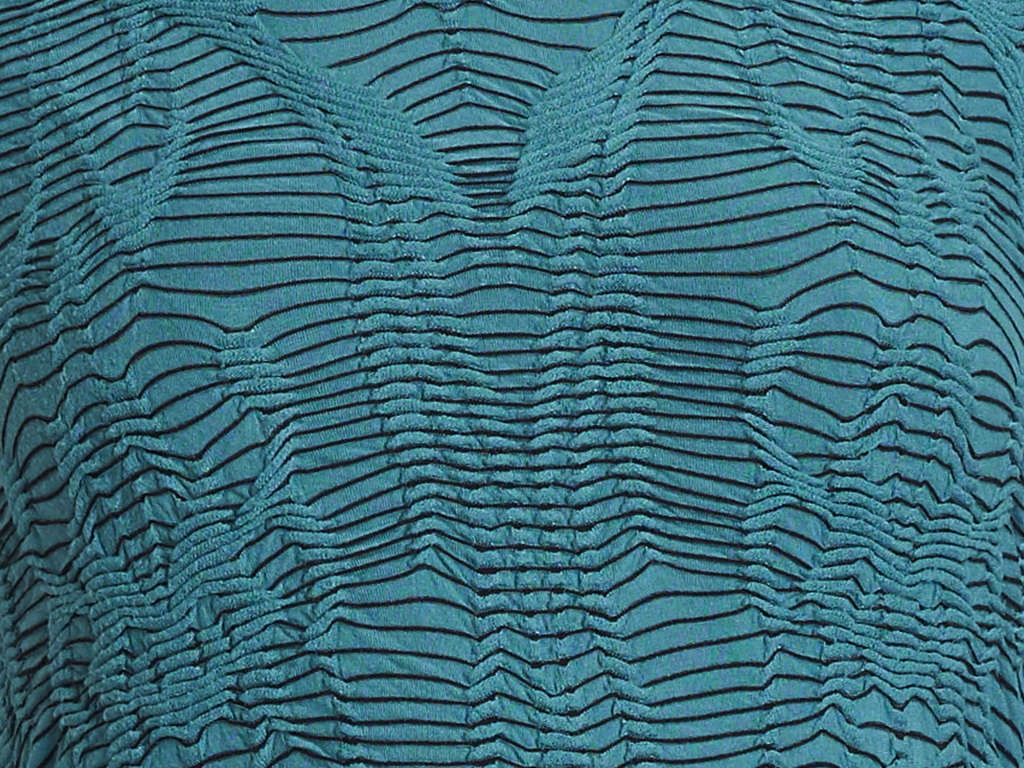
Knit Fabrics
In the world of fabrics, two dominant types emerge: wovens and knits. The technical difference between them is how they are produced, each using distinct weaving techniques which result in very different fabrications. In a simplified description, one can stretch and ball up a knit fabric and it would maintain a wrinkle free appearance. Whereas, the woven fabric will wrinkle and crease easily. Knitted fabrics are commonly produced using natural and synthetic fibers, and are often blended with stretch quality thread like Spandex. What consumers appreciate is that industrial knitted fabrics afford form fitted styling since their elasticity permits them to follow the body’s curvature. This flattering-to-the-body character is probably the most desirable style element to the consumer and designer alike.

